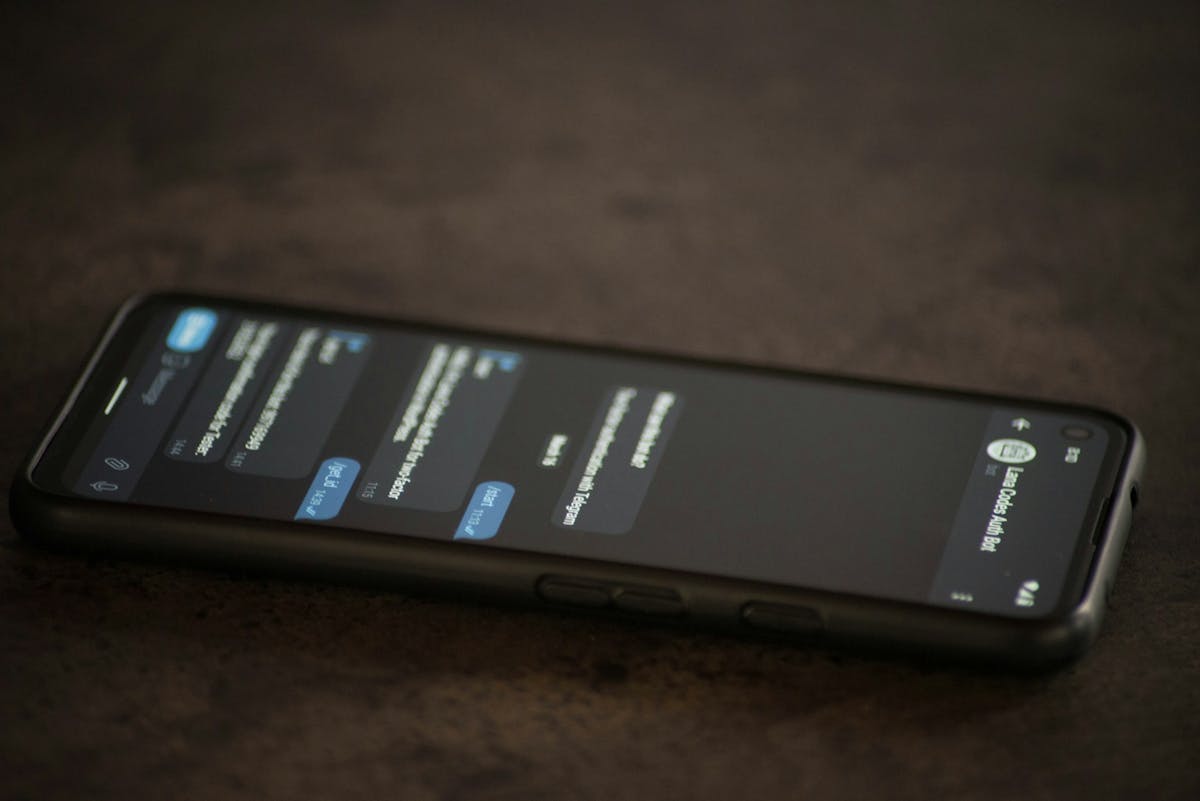Employee Incentives Examples: Creative Ideas for Deskless Teams


Engaging and motivating non-desk employees, who might miss out on traditional office perks, is essential. Understanding the challenges that deskless teams face helps in creating effective incentive programs. This article provides creative employee incentives to improve morale and productivity. By exploring different incentive programs, you can develop strategies that meet your team's specific needs and enhance company performance.
Types of Financial Incentives
When motivating your team, financial incentives can play a crucial role. Let's explore key forms of financial incentives and how they can boost engagement and performance.
Offer Bonuses Based on Performance and Project Completion
Performance-based bonuses are a popular choice, favored by 65% of US employees for their direct link to individual or team achievements, as noted by BambooHR. By structuring bonuses around specific targets or project completions, you offer immediate financial rewards that tie performance to benefits. This approach not only motivates employees but also connects their goals with organizational success.
Provide Unique Experience-Based Rewards
Besides standard financial incentives, unique experiences like event tickets can boost motivation and satisfaction. These rewards create lasting memories that strengthen positive feelings about the workplace. By matching these experiences to individual preferences, you can demonstrate genuine appreciation and encourage a more engaged workforce, as suggested by Vantage Circle.
Focus on Cash-Based Bonuses for Practicality
It is important to keep in mind that for non-desk workers, cash-based bonuses are often the most effective incentive. Many of these employees live paycheck to paycheck, making immediate financial rewards far more impactful than creative alternatives. Offering direct cash bonuses demonstrates an understanding of their financial realities and provides tangible support. However, companies can still incorporate additional engagement methods, such as organizing events with raffle rewards like event tickets or gift cards. Trips, while appealing to some, may not be ideal for workers with families, as travel can be a logistical and financial challenge.
By implementing a diverse range of financial incentives, you can effectively motivate your team, drive performance, and align employee goals with company objectives.
Types of Non-Financial Incentives
Incorporating non-financial incentives into your workplace strategy can significantly boost employee morale and engagement. Let's explore some popular approaches:
Implement Wellness and Health Incentive Programs
Creating a healthy work environment is crucial. Consider offering wellness programs that include mental health support, wellness challenges, and initiatives like subsidized healthy lunches or on-site health screenings to show employees you care about their well-being. While gym memberships are a common wellness perk, they may not be relevant for non-desk workers, especially those in labor-intensive roles. After an exhausting day spent working outdoors, a gym visit is often impractical.
Instead, focus on implementing health programs tailored to their needs. Many non-desk workers may not fully understand their healthcare benefits or might require assistance navigating the complexities of healthcare systems. It's also important to enhance communication about benefits so that employees are fully aware of the wellness programs available to them. Offering clear communication and dedicated support to help employees access and utilize these benefits can make a significant impact. Such initiatives not only reduce burnout but also demonstrate genuine care for their well-being, fostering loyalty and engagement.
By aligning wellness programs with the unique needs of your workforce, you can create a supportive environment that boosts morale and enhances productivity.
Provide Professional Development and Training Opportunities
Supporting your team's development can lead to significant benefits. Programs that offer access to courses and conferences can improve skills and increase opportunities for promotions and retention.
An apprenticeship program is a valuable addition to a company’s training initiatives, particularly in industries like construction, manufacturing, and logistics. Apprenticeships provide hands-on training, allowing employees to develop practical expertise while earning a wage. These programs not only enhance the skill set of your workforce but also build loyalty by showing a commitment to their long-term career growth.
Implement Employee Recognition Programs
Acknowledging hard work can uplift your team. Platforms for peer-to-peer recognition and public awards reinforce positive behaviors and boost morale. Built In emphasizes the importance of such programs in increasing employee engagement and satisfaction. With 65% of US employees preferring performance-based rewards, recognition is a powerful motivator.
By addressing various employee needs, non-financial incentives create a more motivated and engaged workforce.
How to Implement Incentive Programs
To implement incentive programs effectively for deskless employees, you need to consider their specific needs. Since they often miss out on traditional communication and engagement channels, it's important to tailor incentive programs to their preferences and work environments.
Ensure incentive programs are inclusive and accessible to all employees, regardless of location or role. For non-desk workers, this might mean offering rewards relevant to their daily experiences, such as flexible scheduling or wellness programs. Employee feedback is vital; understanding what motivates your team can lead to more effective incentive design. Gathering this feedback through methods like distributing employee surveys is critical, and being able to interpret employee survey results helps in designing effective incentives.
Communication platforms are essential for implementing these programs and ensuring you connect with non-desk workers. Platforms like Yourco, which use SMS-based systems, make sure every message reaches its intended recipient. With a 98% read rate for text messages, using an SMS platform guarantees that all employees are informed about the incentive programs and how they can participate. These platforms also allow real-time tracking of incentive achievements, provide instant feedback, and enable employees to engage directly with the programs through polls and surveys.
By using communication platforms to tailor and implement incentive programs, companies can keep their deskless workforce engaged, motivated, and aligned with organizational goals. This approach enhances the effectiveness of the incentive programs and strengthens the connection between the company and its employees.
Benefits of Incentive Programs for Non-Desk Teams

Implementing incentive programs can significantly increase engagement and motivation among non-desk teams. When employees see a direct link between their efforts and rewards, they are more likely to feel a strong sense of purpose and belonging. In fact, having access to reward marketplaces makes employees 61% more likely to feel connected to their workplace. Heightened engagement boosts individual performance and fosters a collaborative environment.
These programs also play a crucial role in reducing turnover rates. By offering benefits beyond regular wages, such as professional development opportunities or flexible schedules, companies can create a more satisfying work environment. Providing additional benefits is particularly effective in retaining top talent, with employees being 46% more likely to stay when hired through employee referrals. Well-designed incentive programs enhance employee satisfaction and contribute to long-term retention, ensuring a stable and motivated workforce.
Examples of Successful Incentive Programs
Incentive programs can significantly enhance employee motivation and retention, and many companies have successfully implemented both financial and non-financial incentives to achieve these goals.
Case Studies of Companies Using Financial Incentives
Financial incentives like bonuses, profit-sharing, and commissions directly link employee effort to rewards, encouraging high performance and alignment with company success. For example, Visa's use of prepaid cards allows companies to easily distribute bonuses and rewards, creating a flexible and immediate incentive system that motivates employees. Similarly, Lusha employs a gamified approach with bonus days off, ensuring employees remain engaged and driven to meet their production targets. Such strategies enhance productivity and foster a competitive and motivated workforce.
Non-Financial Incentives in Action
Non-financial incentives play a crucial role in employee satisfaction and long-term engagement. Wellness programs, like those offered by Wise, include mental health support and financial guidance, demonstrating the company's commitment to employee well-being. White Castle’s recognition system awards points for qualities such as accuracy and customer satisfaction, reinforcing positive behaviors and boosting morale. By looking at these examples, we can see how non-financial incentives effectively contribute to a supportive work environment, increasing employee loyalty and reducing turnover.
Both financial and non-financial incentive programs can be powerful tools when aligned with company goals and employee preferences, ultimately leading to a more engaged and productive workforce.
Engage Your Team with Yourco's SMS Solution
Implementing a well-rounded mix of financial and non-financial incentives can improve your non-desk workforce by enhancing motivation, fostering loyalty, and reducing turnover. Tailoring these programs to the unique needs of your team ensures that every employee feels valued and connected to the company's mission.
This is where Yourco comes into play. As the #1 SMS-based employee app built for non-desk workers, Yourco provides a seamless communication platform that reaches every team member, no matter where they are. With its high read rates, Yourco ensures that your incentive programs are effectively communicated, allowing for real-time engagement and feedback. Using Yourco's platform, you can easily share updates on incentives, recognize individual achievements, and gather valuable insights through polls and surveys. This not only keeps your employees informed but also makes them feel appreciated and involved in the company's success.
To enhance your incentive strategy and better engage your workforce, try Yourco for free today or schedule a demo and see the difference the right workplace communication solution can make in your company.


